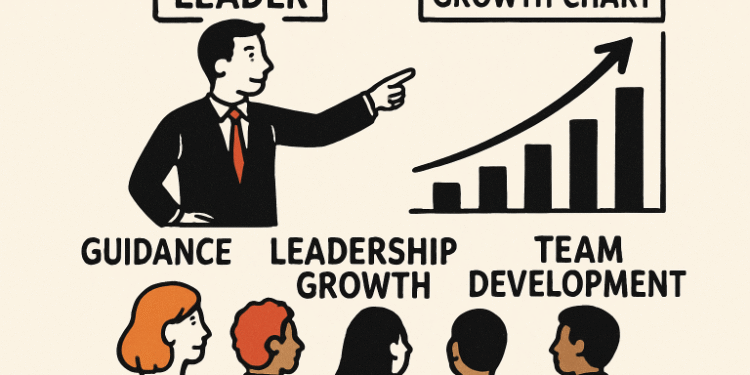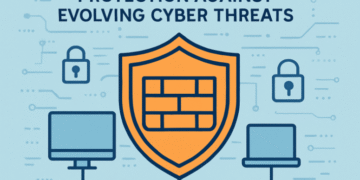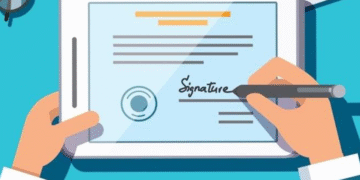Effective leadership remains the driving force behind high-performing organizations. Leadership not only influences the immediate team dynamics but shapes the enterprise’s overall direction, vision, and strategic goals. Strong leadership ensures ongoing business success and resilience in changing times, from shaping company vision to influencing team culture. The presence of adept leaders at all levels ensures that initiatives are executed smoothly, innovation thrives, and employees remain motivated and focused on long-term results. Investing in strategies that nurture leadership skills is essential for organizations striving for increased agility and sustainable growth. One way to supercharge this process is through executive coaching services, which provide customized guidance for leaders at every stage of development. These tailored programs help identify gaps, build on existing strengths, and foster decision-making that aligns with organizational objectives.
Today’s landscape is more complex than ever, with rapid technological changes, fluctuating market demands, and new challenges such as remote and hybrid work.
Investing in Leadership Development Programs
According to a study from Culture Partners, organizations with well-structured leadership development programs see as much as 2.3 times higher revenue growth than those without targeted investments. These programs are more than one-off training sessions—they aim to instill leadership behaviors and competencies that evolve alongside business needs. Structured programs offer a mix of classroom learning, experiential coaching, and real-world challenges, all designed to align leader performance with strategic business objectives. By participating in such programs, future leaders can gain new knowledge, practice essential skills, and reflect on their leadership style with expert guidance. This continual process strengthens the pipeline of leaders ready to step into critical roles.
Furthermore, ongoing leadership development is vital as organizations respond to remote work, multi-generational teams, and technological disruption. Structured training and development initiatives enable organizations to proactively assess and update their leadership skills, ensuring leaders are prepared for sudden industry disruptions. Regular engagement with learning content and peer discussions helps keep leaders fresh, proactive, and forward-thinking. A proactive approach can mitigate risks from leadership gaps and help organizations weather economic volatility, a point echoed by the Forbes Coaches Council. When business conditions change rapidly or new competitors emerge, organizations with disciplined leadership development processes tend to adapt more smoothly and maintain momentum.
Mentorship and Coaching
Effective mentorship and coaching elevate leadership talent from within. Having senior leaders mentor emerging talent helps transfer organizational knowledge, build trust, and accelerate leadership readiness. The sharing of wisdom, stories, and lessons learned offers invaluable guidance for younger leaders, who often gain insights they wouldn’t find in textbooks or formal courses. Mentorship programs foster a supportive environment where aspiring leaders feel empowered to develop new skills, take calculated risks, and prepare for higher-level responsibilities. Mentors can also provide honest feedback, expand professional networks, and advocate for their mentees’ growth and visibility across the organization.
Whether internal or through expert external providers, coaching offers tailored development based on individual strengths and growth areas. External coaches bring fresh perspectives and industry best practices, while internal coaches understand the unique culture and challenges faced by the organization. Coaching helps leaders navigate complex changes, develop emotional intelligence, and achieve performance breakthroughs. Sessions often focus on problem-solving, self-awareness, communication, and accountability. As leadership transitions increase in frequency, mentorship and coaching ensure smooth succession planning and continuity in organizational direction. This cohesive approach prepares multiple layers of leadership, reducing disruption during times of change and building a leadership bench ready to tackle future challenges.
Regular Feedback and Recognition
Frequent, constructive feedback and recognition are foundational to developing leaders who motivate and engage teams. Successful organizations put systems in place for ongoing feedback, not just during annual reviews, so individuals know where they stand and what they can work on in real time. Constructive feedback helps individuals build on their strengths while making actionable improvements in weaker areas. Organizations that embrace a culture of open communication see higher levels of employee engagement, greater trust in leadership, and notably lower turnover rates. Timely feedback pinpoints strengths and addresses areas for improvement, while public recognition fosters a sense of accomplishment and belonging.
According to a Harvard Business Review article, when leaders feel seen and valued, their effectiveness greatly increases, and so does the engagement of their teams. Recognition builds self-esteem and reinforces positive behaviors, encouraging emerging leaders to take initiative and contribute to organizational goals. By focusing on consistent feedback and recognition, organizations build loyalty and create an environment where future leaders thrive. Employees who experience a feedback-rich environment are also more likely to share feedback with others, creating a virtuous cycle of growth and development throughout the organization.
Building a Culture of Continuous Learning
Cultivating a learning-oriented culture is essential for leadership resilience. Continuous learning helps individuals and teams—with leaders at the forefront—stay relevant as industries evolve and new challenges surface. Leaders hungry to learn and improve drive creative thinking and adaptive problem-solving. Organizations prioritizing ongoing education and curiosity support innovation, adaptability, and agility. A robust learning culture integrates training, peer discussions, formal coursework, and digital resources, giving employees multiple paths to grow professionally.
Encouraging leaders to seek new perspectives, experiment, and embrace learning opportunities keeps businesses ahead of rapid change. Leaders who frequently upskill can anticipate industry trends, model adaptability for their teams, and empower others to challenge the status quo. In 2024 and beyond, adaptability is a competitive edge. Leaders who model and encourage continuous learning inspire teams to pursue excellence and drive transformation. McKinsey’s research underscores that organizations with strong learning cultures adapt more smoothly during periods of disruption and outperform the competition in the long term. Ultimately, a culture of continuous learning drives not just leadership excellence but also multiplies organizational resilience overall.
Final Thoughts
Building better leaders is a long-term, strategic investment that pays enormous dividends. By implementing robust leadership development initiatives, prioritizing mentorship and coaching, embracing regular feedback and recognition, and fostering an environment of continuous learning, organizations equip themselves for greater agility, resilience, and success. When these elements unite, businesses nurture a motivated workforce, confident leaders, and the capacity to turn challenges into opportunities. Proactive leadership development is the cornerstone of a thriving future and a positive workplace culture.










